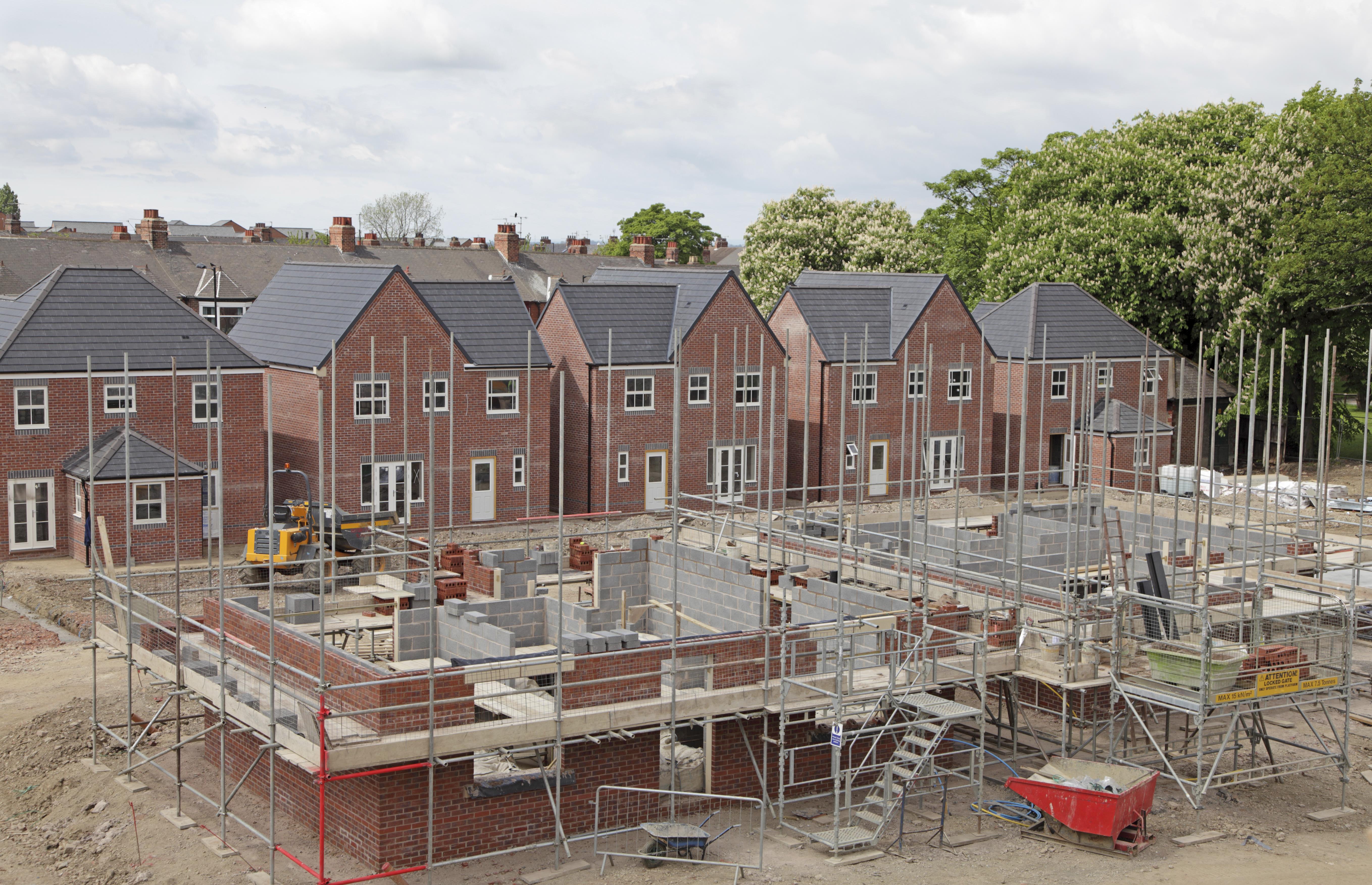Open-Concept vs. Traditional Layouts: What Fits Your Needs?

Deciding between a modern layout and conventional design can feel overwhelming when designing a new home construction. https://posteezy.com/new-home-builder-guide-home-construction offer distinct advantages and appeal to different lifestyles, making it essential to consider what works best for you. With the increasing popularity of modern living, open concept designs have gained popularity for their spaciousness and ability to create a seamless flow between rooms. On the flip side, traditional layouts provide defined spaces that can improve seclusion and organization.
As you start your process of constructing a new home, it is important to weigh the pros and cons of these layouts in the framework of your requirements and preferences. Whether you are inclined toward the airy feel of an open floor plan or the classic charm of traditional rooms, understanding the implications of each design choice will assist you create a living space that authentically represents your lifestyle. In this article, we will explore the essential factors to consider when deciding between an open concept and conventional design, alongside practical tips to guide your building process.
Comprehending Designs: Free-Flowing vs. Conventional
While choosing on the configuration of your recently constructed home, it is important to weigh the advantages and cons of open concept versus classic designs. Open-plan homes focus on a seamless layout where the cooking area, living area, and dining space merge seamlessly. This design facilitates socializing, making it ideal for family reunions and hosting visitors. The lack of barriers can also create an illusion of expanded space, allowing for flexibility in furniture setup and interior design.

On the other hand, traditional layouts provide distinct spaces that ensure privacy and distinction between various areas of the residence. Rooms like the kitchen, dining room, and lounge are distinctly set apart, which can foster a sense of warmth and order. For families with designated needs, such as workspaces or playrooms, this type of layout can prove beneficial, as it allows for specialized areas tailored to specific activities.
Ultimately, the choice between free-flowing and traditional layouts boils down to personal preference and way of life. Reflect on how you and your family function, entertain, and use space daily. Both layouts have their merits, so considering your wants and how you imagine your future home will help you determine the right option for your next home.
Constructing Schedule: What Is the Actual Duration?
The schedule for building a new house can differ significantly due to several elements, including the dimension of the house, the intricacy of the blueprint, and the effectiveness of the building team. Generally, the complete process can take anywhere from several months to over a year. On average, expect around six to nine for a standard single-family house. This timeframe includes land preparation, the real building phase, and the final inspections before moving in.
To get a more detailed breakdown, key phases such as obtaining permits and reviews typically take several weeks to a few months, based on local regulations. As soon as construction starts, the framing, wiring, pipework, and finishing work each take a specific amount of time. Moreover, delays can occur due to climatic factors or supply chain issues, which are increasingly common in today's building landscape. Maintaining an open line of dialogue with your builder about progress and issues is crucial in managing expectations.
Understanding this schedule can help you adequately organize your move into your new house and avoid any unexpected events. It also highlights the significance of comprehensive planning and preparation prior to breaking ground. Being cognizant of potential setbacks and having a definitive timeline, you can better navigate the complexities of new house construction and ensure a more seamless construction process.
Funding Your Future Home: Critical Tips
While embarking on the process of creating a fresh home, understanding your funding options is essential. Begin by exploring different types of funding solutions specifically designed for recent construction, such as construction-to-lasting loans or regular mortgage options. Every type has its own set of conditions and effects for your budget, so it’s crucial to familiarize yourself with the details, financing rates, and repayment structures. Talking to a finance professional can help clarify which financing option is best suited for your economic status.
Additionally, financial planning plays a major role in the funding of your future home. Be sure to account for both direct costs and recurring costs. Formulating a thorough budget will help you identify areas where you can reduce spending and where you might need to splurge. Keep in mind the hidden costs associated with recent builds, including licenses, assessments, and outdoor design. Implementing a robust financial plan in place can avoid unexpected costs later on and ensure that your ideal home doesn’t come with an excessive financial load.
Finally, getting pre-qualification from financial institutions can give you a competitive edge when it comes to bidding or working out deals with builders. Pre-approval provides you with a better understanding of how much you can afford and shows builders that you are a committed buyer. Make sure to shop around and contrast offers, as rates and terms can vary significantly among banking institutions. With a proactive approach to financing, you’ll be well-equipped to navigate the construction process and appreciate the stimulating journey of creating your future home.
